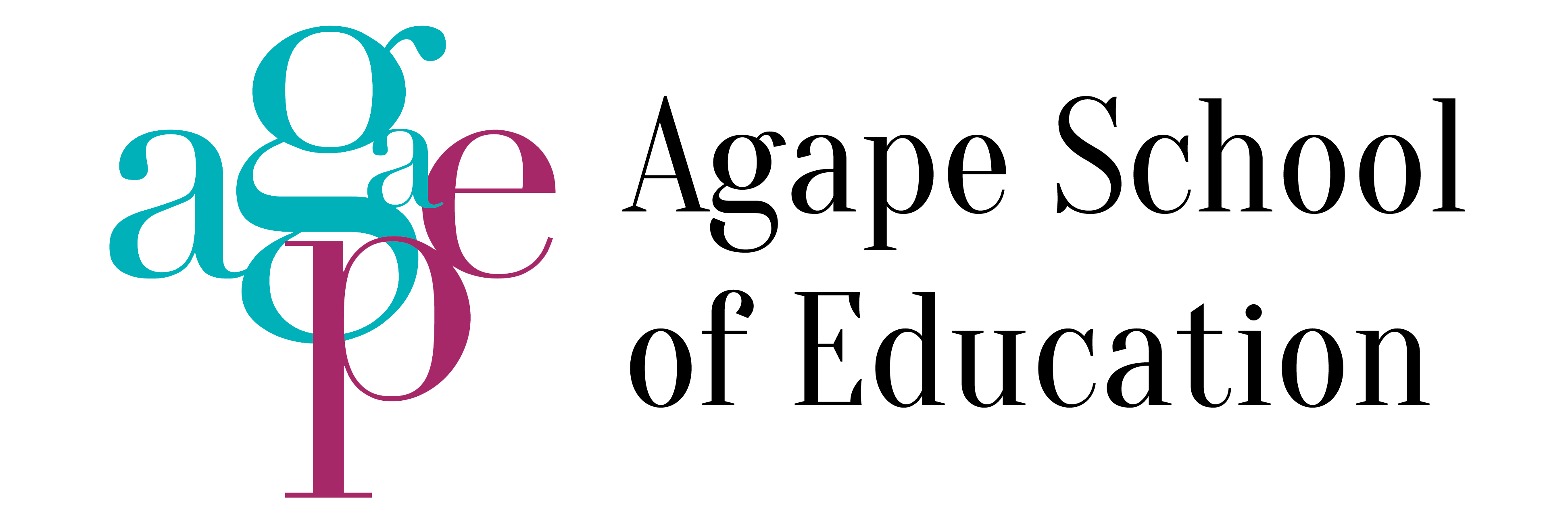The Japanese language is intricate and fascinating. The tonal qualities of the language are quite unique and the inherent politeness of the Japanese people translates well into its language, which is, in turn, elegant, stylish and drips with respect.
The Japanese script evolved from its original Chinese script beginnings to become something that is intrinsically Japanese and embodies the elegance of the culture. What is unique about this language is that there are different types or ways of writing Japanese characters. This has often been a source of confusion for new learners or those unfamiliar with Japanese culture.
The three main ways of writing Japanese characters are Kanji, Hiragana and Katakana. The Romaji version of writing is often reserved for special purposes and is not often seen in daily communication.
Kanji
The word kanji is a Japanese derivative of the Chinese word “hanzi”, which translates to Han characters. The word “Han” pertains to the Han Dynasty and is also what many Chinese people today identify with. Kanji employs between 5,000 to 10,000 Chinese characters, which makes writing in this form very difficult. In 1981, the Japanese government, as a means of simplifying written and read Japanese, introduced jōyō kanji or ‘List of Chinese Characters for General Use’. This list includes 1,945 regular characters and 166 special characters that are used only for writing peoples’ names. All official documents, as well as newspapers, textbooks and other publications, use this form of written Japanese exclusively.
 Hiragana
Hiragana
Chinese characters are considered to be the source for Hiragana syllables. Hiragana which means ordinary syllabic script was originally referred to as “onnade” or ‘women’s hand’ because it was most commonly used by women. Although men were known to write in Kanji and Katakana, usage of Hiragana evolved through the centuries, and by the 10th century, it was being used by both men and women. The earliest versions of Hiragana had diverse characters that represented the same syllable. However, the whole system was eventually simplified in order to make it easier to use by establishing a one-to-one correspondence between the written and spoken syllables.
Katakana
The Katakana alphabets have a very storied history. It was taken from abbreviated Chinese characters that were originally used by Buddhist monks. They used Katakana in order to illustrate the correct pronunciations of Chinese text in the 9th century. Initially, many different symbols were used to represent just one syllable and the script became quite confusing. But over time, Katakana has become more streamlined. Although initially thought of as men’s writing, Katakana has been used to write onomatopoeic words, foreign names, telegrams and non-Chinese loan words. The script itself contains about 48 syllables.
Romaji
The final and rarest script used in the Japanese language is called Romaji. It is used to transcribe the Latin alphabet into Japanese characters. It is especially important for English or Latin words that do not have a direct Japanese translation. As such, it is not often used and typically reserved for very special uses.
At Agape School of Education, this is the sort of cultural grounding in which we base our language lessons. It is important to understand the history behind linguistic schematics to facilitate a better understanding of the language. Our unique approach to teaching languages is what has led our students to success. Inquire about our available classes today!



0 Comments